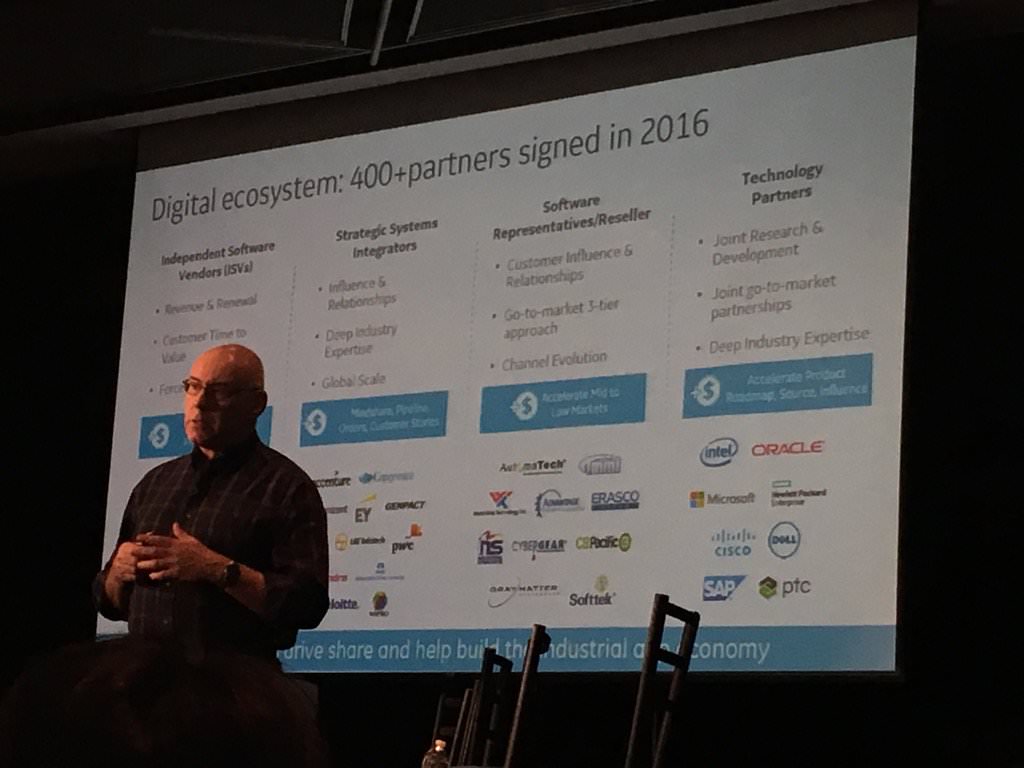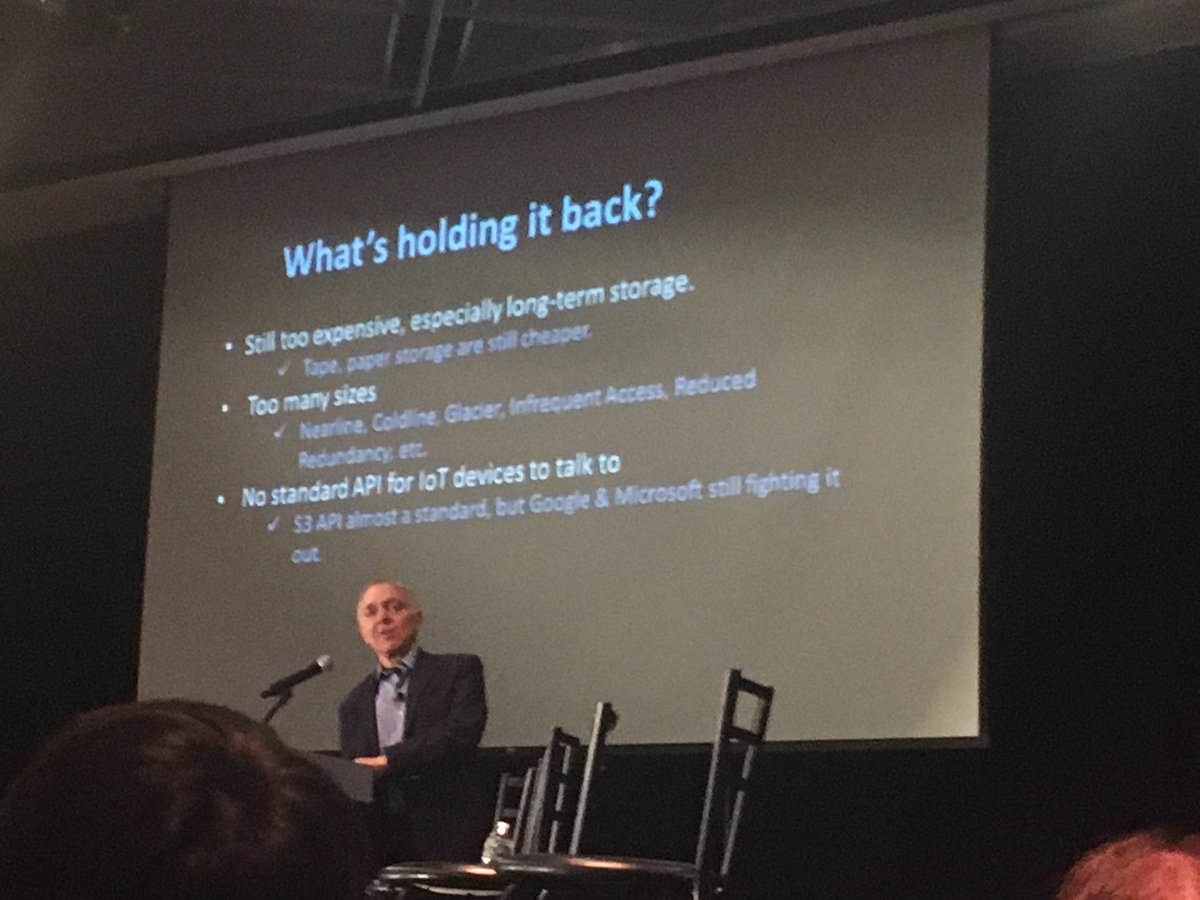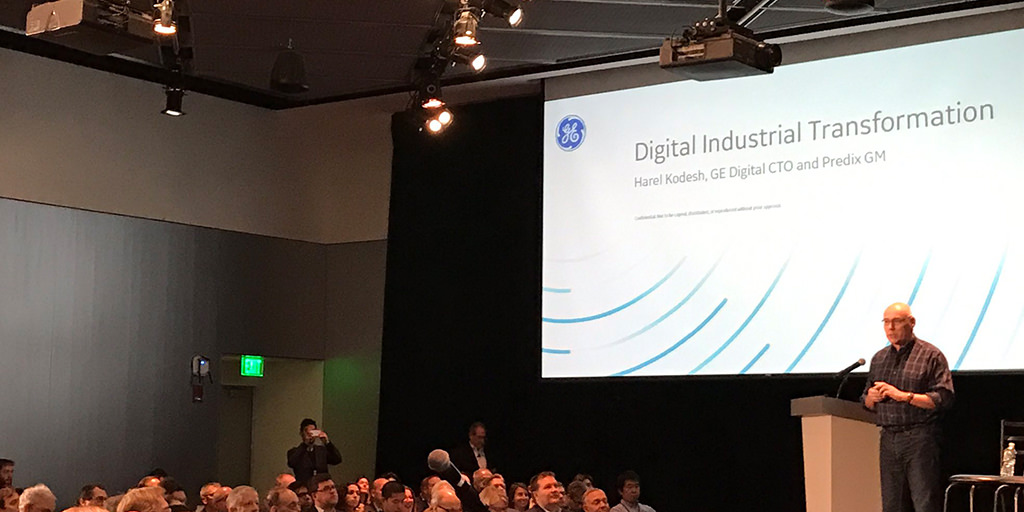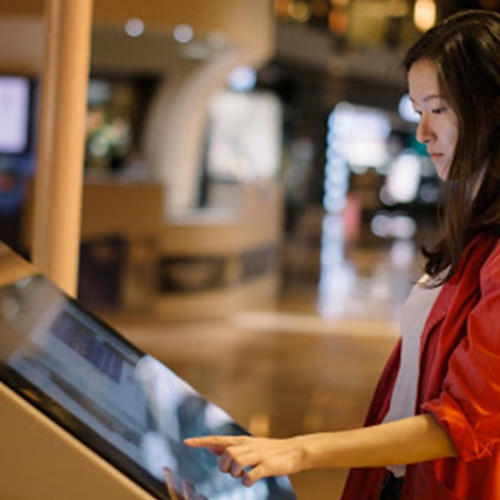The MIT Enterprise Forum of Cambridge recently hosted their annual Connected Things event, with a focus on the Internet of Things and connected products at the MIT Media Lab in Cambridge, MA. A sold-out crowd heard from many industry leaders and companies who are paving the way in IoT and creating innovation at scale. Here are 3 key takeaways, all relevant to elevate health and wellness through connected products.
1. The instrumentation of the physical world will lead to insights we’d never expect.
Harel Kodesh, VP, Predix and CTO of GE Digital drew an unlikely conclusion: By integrating America’s rail system and trains with sensors and drones, we’ll be able to better understand environmental conditions that will impact local farmers and land that surrounds the nation’s rail system, which could someday improve the quality of our food supply chain. While the value to the train operators is obvious and the primary goal, the unintended consequences present an additional opportunity.

2. The commoditization of storage will accelerate mass adoption of connected devices.
David Friend, a pioneer in both technology and music shared plans for his new cloud storage company, Wasabi. Wasabi will soon introduce high performance cloud storage that is designed to handle the volume of data that connected products generate (we’re talking zettabytes here). Couple that with a pricing model that scales at volume and we’ll have a new paradigm in cloud storage that will become a catalyst for growth in the world of connected products.

3. IoT allows for the possibility of “in-home hospital care”.
Partners Healthcare, one of the country’s largest operator of hospitals is piloting IoT technology that will allow for in-home care of hospital patients. They are working toward the goal of reducing in-hospital admitted patient care but more importantly are striving to deliver the “the right care, to the right people at the right time”. This reduces overcrowding in urban hospitals where emergency room patients wait a day or more for a hospital room to open up. It also greatly reduces the costs of care for the hospital and of course the insurance companies. No one “wants” to be in a hospital. Why not send a patient home where they are more comfortable if the physicians can provide the same level of care that they can in the hospital? These innovations in health care are becoming reality with the IoT.
Special thanks to Mike Po from Bluefin Technology Partners for contributing to this post.



